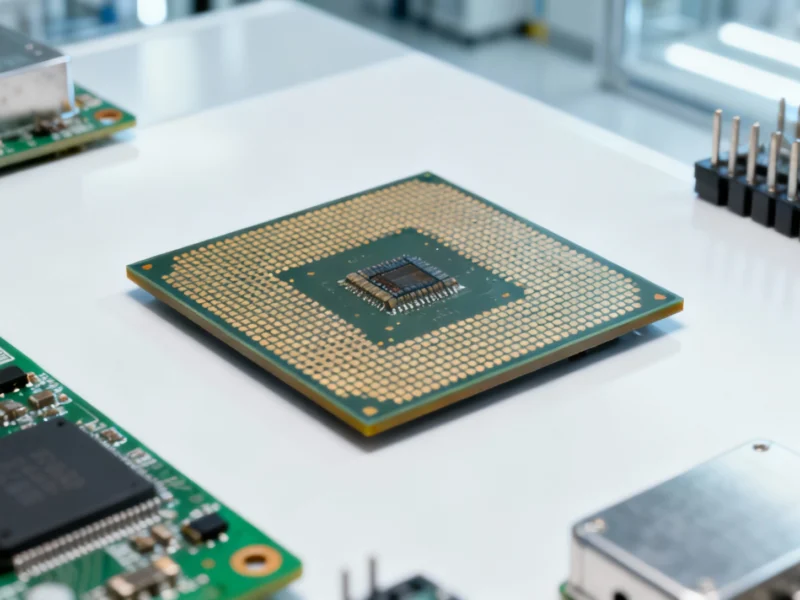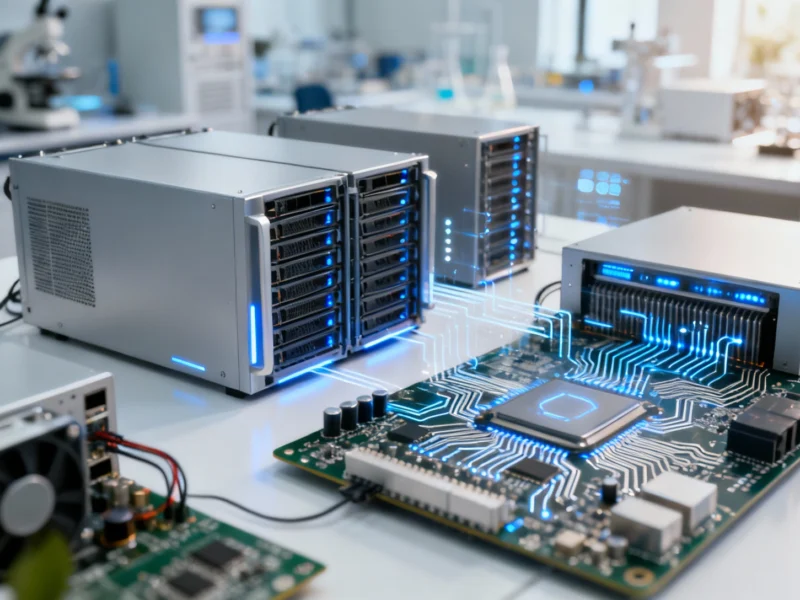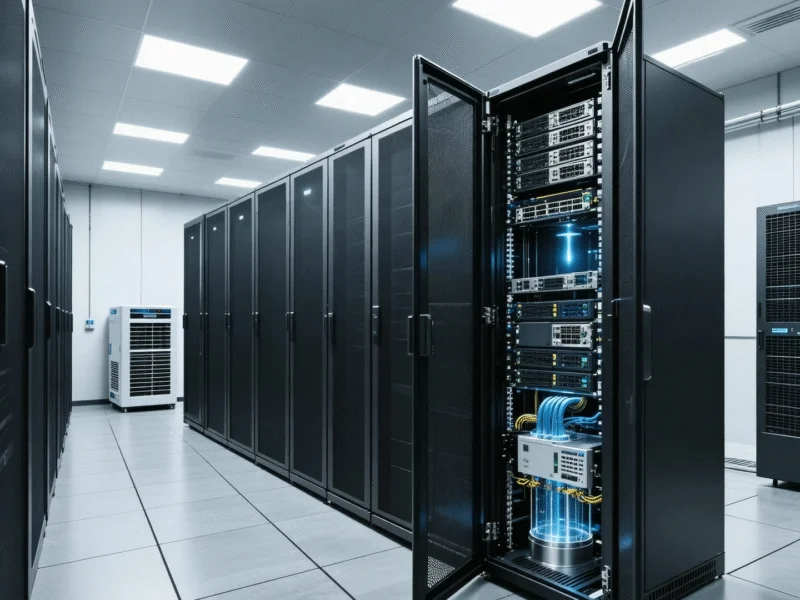OpenAI has announced a groundbreaking multibillion-dollar partnership with semiconductor company Broadcom to develop custom artificial intelligence chips, significantly advancing the AI research organization’s strategy to reduce dependence on market leader Nvidia. The collaboration represents one of the largest private semiconductor development initiatives in recent years, with Broadcom stock surging nearly 10% following Monday’s announcement as industry experts note growing investor confidence in alternative AI chip solutions.
OpenAI’s Strategic Move Beyond Nvidia Dependence
This partnership marks OpenAI’s second major initiative in just one week to diversify its chip supply chain, following last week’s announcement of a strategic partnership with AMD. The AI research company has been increasingly vocal about seeking alternatives to Nvidia, which currently dominates approximately 80% of the AI chip market. According to additional coverage of semiconductor market trends, major technology companies are actively pursuing custom chip solutions to overcome supply constraints and optimize performance for specific artificial intelligence workloads.
Broadcom Partnership Technical Specifications
Under the agreement, OpenAI will design the chips to its exact specifications while Broadcom Inc. will manage development, fabrication, and deployment. The companies plan to deploy sufficient chips to require 10 gigawatts of electrical power beginning in mid-2026 and continuing through 2029. This massive power requirement highlights the scale of OpenAI’s computing ambitions and represents one of the largest dedicated AI infrastructure projects to date.
- OpenAI-designed chip architecture optimized for AI workloads
- Broadcom handling fabrication and deployment logistics
- 10 gigawatt power requirement from 2026-2029
- Multibillion-dollar investment in custom silicon
OpenAI’s Broader Computing Infrastructure Strategy
The Broadcom partnership forms part of OpenAI’s comprehensive “Stargate” initiative to dramatically expand its computing capacity for training and operating increasingly sophisticated AI models. The company has attracted substantial investments from multiple technology giants including:
- SoftBank Vision Fund for data center expansion
- Oracle for cloud infrastructure and existing data center utilization
- Microsoft for complementary computing resources
- ARM for chip architecture expertise
- Coreweave for specialized GPU cloud services
This multi-pronged approach also includes OpenAI’s strategic partnership with AMD announced last week, plus a separate $300 billion agreement with Oracle to purchase computing capacity within existing Oracle data centers. According to related analysis of infrastructure investments, these coordinated moves position OpenAI to control more of its technology stack while mitigating supply chain risks.
Market Impact and Competitive Landscape
The announcement has immediately impacted semiconductor markets, with Broadcom shares experiencing significant gains while Nvidia shares showed modest declines. The partnership represents a substantial challenge to Nvidia’s dominance in the AI accelerator market, where the company has enjoyed near-monopoly status for training large language models. As industry experts note, custom silicon development by major AI companies could reshape the competitive dynamics of the entire semiconductor industry over the coming decade.
Future Implications for AI Development
OpenAI’s aggressive move into custom chip development signals a new phase in the artificial intelligence industry, where leading AI companies are increasingly vertically integrating to optimize their hardware-software stack. The 10-gigawatt power requirement for the Broadcom partnership alone exceeds the total energy consumption of several small countries, highlighting the massive computational demands of next-generation AI systems. As artificial intelligence models grow increasingly complex and resource-intensive, control over the underlying computing infrastructure is becoming a critical competitive advantage in the rapidly evolving AI landscape.



